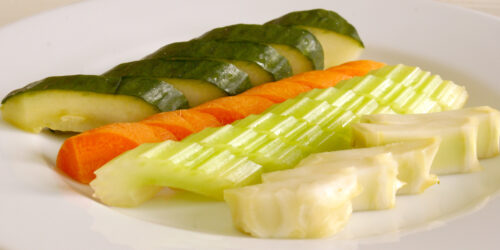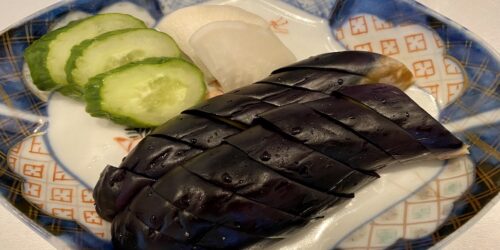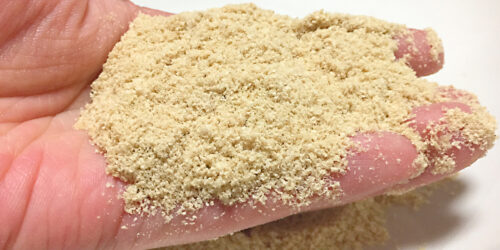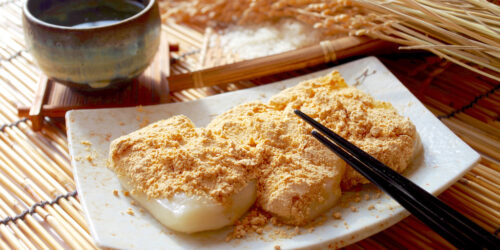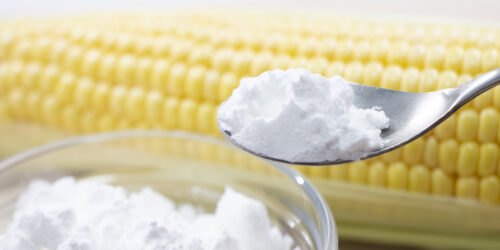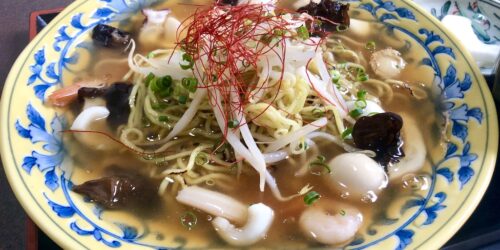6 Tips To Maintain Good Nukazuke
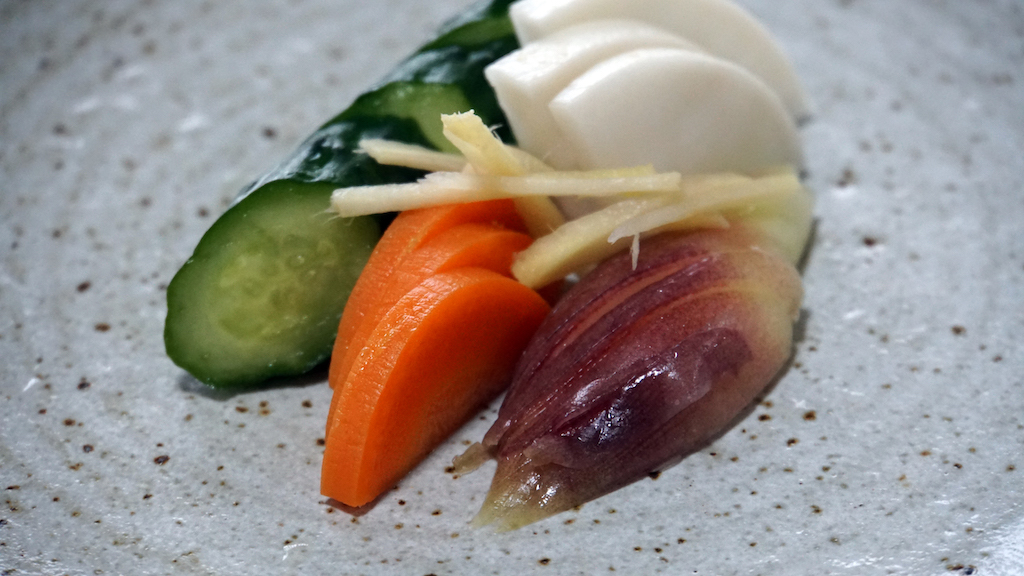
Nukazuke is Japanese pickles made in brine and fermented rice bran, and contains abundant nutrients.
You can actually make it your original nukazuke at home, and please check here to see recipe for it.
What Is Nukazuke and How To Make It?
After you complete nukadoko (fermented rice bran bed), it must be well maintained, otherwise you can’t continue to make delicious nukazuke by using it repeatedly.
So how do you maintain good nukadoko?
I’m going to tell you some tips to maintain good nukadoko by answering the 6 common questions about it below. Please use those as a reference!
1. What Are Foods You Should Avoid To Make Nukazuke?
Vegetables with a lot of water, for example ripe tomatoes, and sticky ingredients such as natto (fermented soybeans) or yam shouldn’t be in nukazuke. The rice bran bed will no longer be reused with those ingredients.
Also, vegetables with strong smell, for example, onions are unsuitable because their smell might transfer to the bed.
On the other hand, Vegetables that are not too hard and contain a moderate amount of water are suitable for nukazuke. For example, cucumber, carrot, daikon, and eggplant are really popular one. Those are easy to soak in the rice bran bed and soak in the taste.
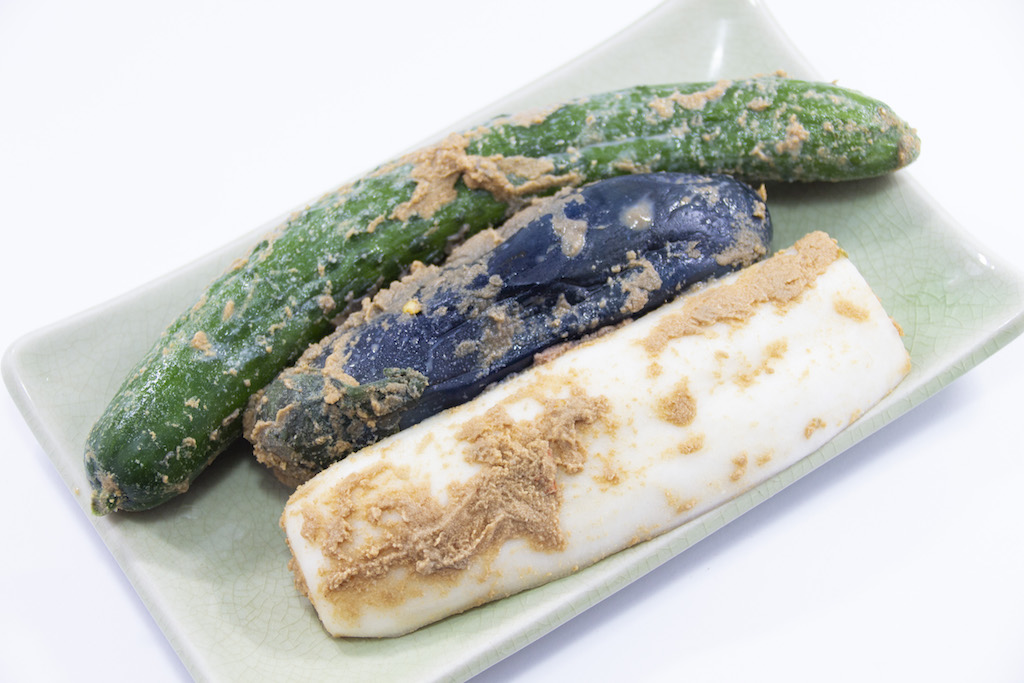
2. Should You Put Nukadoko (Fermented Rice Bran Bed) in the Refrigerator?
Nukazuke can be stored at room temperature if it’s about 68 to 77° F (20 to 25° C).
It’s said that lactic acid bacteria required for fermentation is activated over 68° F (20° C). So if your nukadoko (rice bran bed) hasn’t been fermented well yet and you want to promote fermentation, you shouldn’t put it in the refrigerator.
On the contrary, you should put it in the refrigerator in order to impede fermentation in the following situations:
・When fermentation goes too far and the taste of nukazuke becomes too sour.
・The room temperature is over 86° F (30° C) in summer season.
3. What Is the White Stuff on My Nukadoko (Fermented Rice Bran Bed)?
White stuff on the surface of nukazuke is film yeast (産膜酵母), and harmless. It’s actually positive signal because the white stuff is one of the evidence that lactic acid bacteria are increasing in the rice bran bed.
However, leaving it will cause a strange odor (kind of like a smell of paint thinner). So you need to mix the bed from the bottom of the container as soon as you notice the stuff.
But be careful not to mix too much, otherwise too much air enters in the bed and lactic acid bacteria might decrease.
If you notice something like black, red, or bluish mold that is not white appears, scoop up that part and about 1 inch around it and throw it away.
4. How Often Should You Mix Nukadoko (Fermented Rice Bran Bed)? / Should You Mix It Every day?
You need to mix the bed well to increase lactic acid bacteria, but you can’t mix the bed too much otherwise the bacteria might decrease.
It’s generally said that nukazuke has to be mixed once a day. You should mix it at least when you notice the white stuff on the surface of the bed or when putting in and out of vegetables.
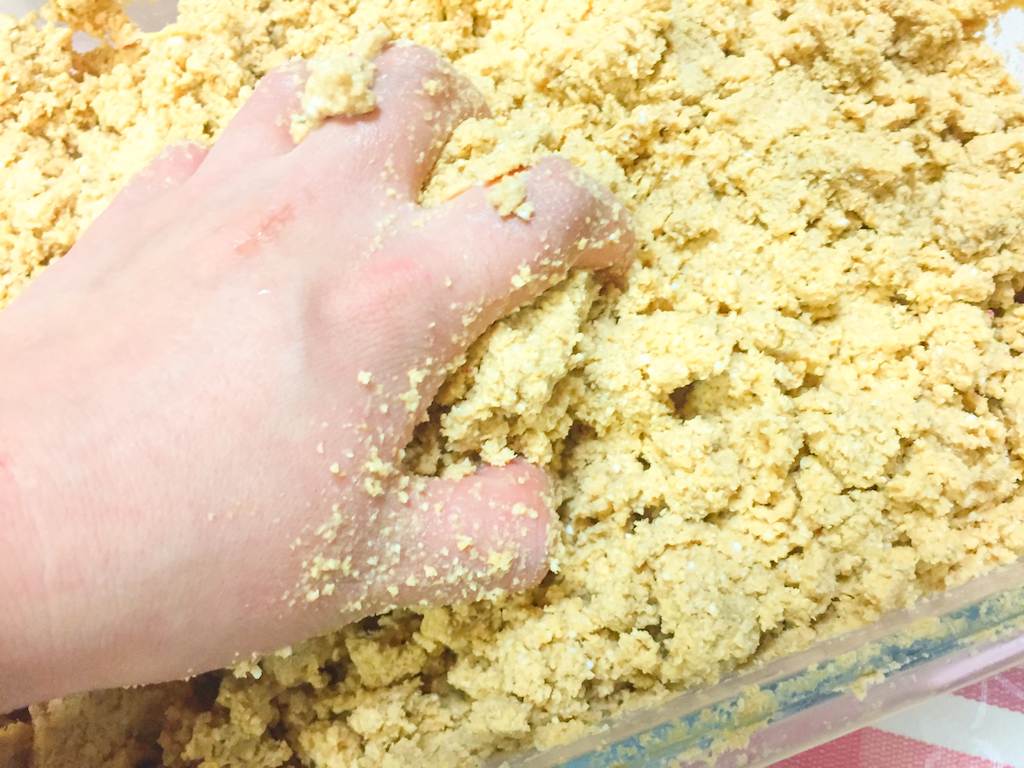
5. What Should You Do with Nukadoko (Fermented Rice Bran Bed) When You Stay Away from Home?
Within 1 week
Depends on the room temperature, but basically you should put the bed in the refrigerator other than winter season. If your storage container is too big to put in there, you should transfer to the plastic bag or something.
Long-Term Absence or When Taking A Break
When you need to stay away from home over 1 week, or when you want to take a break from making nukazuke, you should freeze the bed.
Follow the steps below:
Step1. Take out the remaining vegetables from the bed.
Step2. Transfer the bed to the thick plastic bag such as Ziplock, and release air from the bed by dropping the bag from the top and hit it against the desk or something.
Step3. Release air from the plastic bag too.
Step4. Store it in the freezer.
6. Can You Freeze Nukadoko (Fermented Rice Bran Bed)?
As I mentioned above, yes, you can freeze it. When you start using it again, defrost it first, and store it at the room temperature where lactic acid bacteria can be active.

